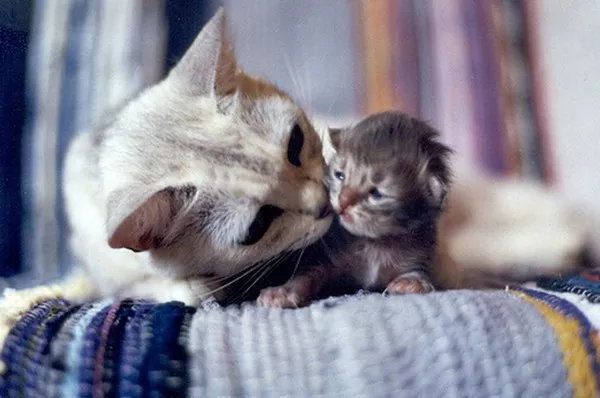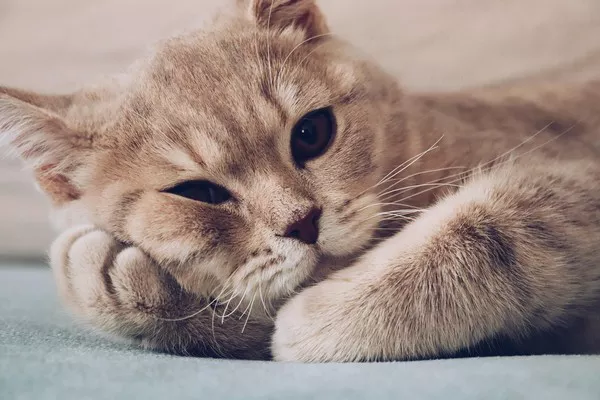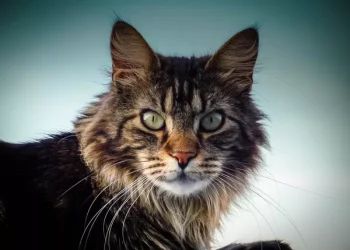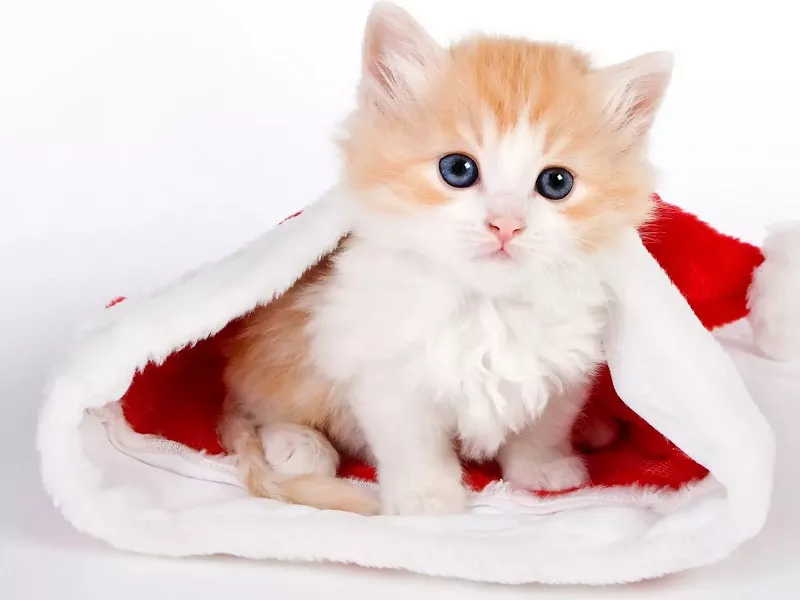Kittens are undoubtedly one of the most adorable creatures on Earth. From the moment they are born, they embark on an incredible journey of growth and development. As tiny and fragile as they may seem, kittens are resilient beings, and their abilities progress rapidly during their first weeks of life. One common question that arises among new kitten owners is whether two-week-old kittens can walk. In this article, we will explore the fascinating world of newborn kittens and shed light on their motor skills development.
Week 1: Helpless and Dependent
During their first week of life, kittens are completely reliant on their mother for survival. They spend the majority of their time nursing, sleeping, and seeking warmth. At this stage, their eyes and ears are closed, and their sense of smell and touch play crucial roles in their interaction with the world. Their limited mobility prevents them from walking or even attempting to stand.
Week 2: Developing Motor Skills
As kittens approach the two-week mark, remarkable changes begin to unfold. At this stage, they start to gradually open their eyes, granting them their first glimpses of the world around them. Their ear canals also begin to open, allowing them to perceive sounds.
While two-week-old kittens still lack coordination and strength, they exhibit more control over their bodies. Their leg muscles begin to develop, and they may make feeble attempts at standing and even taking a few wobbly steps. However, these early attempts at walking are often short-lived and unsteady.
At this stage, it is important to understand that the rate of development can vary among individual kittens. Some may show more advanced motor skills compared to others. Factors such as genetics, health, and nutrition can influence the pace of development.
Factors Influencing Motor Skills Development
Maternal Care: The care and nurturing provided by the mother cat play a crucial role in the development of kittens’ motor skills. A well-nourished and attentive mother helps stimulate the growth of her kittens’ muscles and encourages them to explore their surroundings.
Physical Development: Kittens’ motor skills development is closely linked to their physical growth. As their muscles and bones strengthen, their ability to walk and explore improves. Proper nutrition, including a balanced diet and adequate milk supply from the mother, supports healthy physical development.
Environmental Stimulation: Providing a stimulating environment for kittens can contribute to their motor skills development. Safe and age-appropriate toys, gentle handling, and exposure to different textures can help kittens engage their senses and practice their motor skills.
Individual Variation: Just like human infants, kittens develop at their own pace. While two-week-old kittens may begin attempting to walk, it is important to remember that some kittens may take longer to develop the necessary coordination and strength to walk confidently.
The Importance of Monitoring and Care
While two-week-old kittens may start taking their first wobbly steps, it is essential to closely monitor their movements and provide a safe environment. Their coordination and balance are still developing, making them susceptible to falls or injuries. Create a warm and secure space for them, ensuring there are no hazards that could pose a risk.
Continue to provide a nurturing environment and ensure that the kittens receive adequate nutrition from their mother’s milk or appropriate kitten formula. Regular veterinary check-ups can help monitor their growth and address any potential health concerns promptly.
Conclusion
Two-week-old kittens are at a remarkable stage in their development. While they may make initial attempts at walking, their motor skills are still in the early stages of development. With proper care, nutrition, and a stimulating environment, they will continue to progress and gain more control over their bodies. Remember to be patient and provide a safe and supportive environment as these adorable little beings explore the world and develop into healthy, active kittens.
Recommended reading:

























